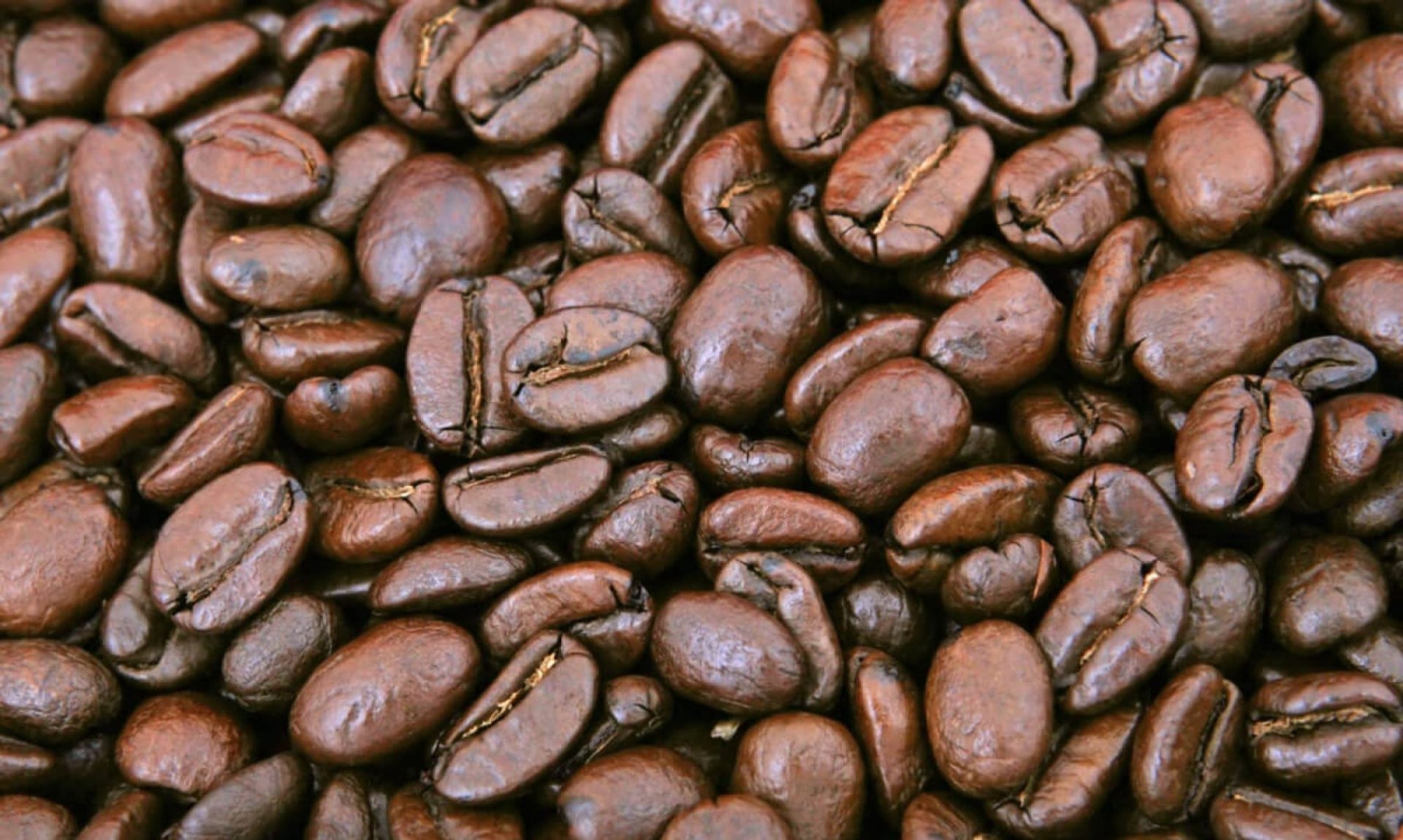Coffee has long been a beloved drink, providing comfort, inspiration, and social connection for people around the world. It’s no surprise that the coffee has also made its way into literature as an essential element of many stories.

Here are ten iconic scenes and books where coffee plays a significant role:
- Harry Potter and the Prisoner of Azkaban by J.K. Rowling – In this magical adventure, Harry shares a cup of hot chocolate with Sirius Black at the Three Broomsticks Inn. Although not technically coffee, this scene highlights the importance of warm drinks in creating bonds and sharing secrets.
- Breakfast at Tiffany’s by Truman Capote – Holly Golightly sips her morning coffee while gazing out of her New York City apartment window, establishing her character’s charm, quirkiness, and vulnerability. This simple act sets the stage for one of America’s most enduring literary heroines.
- Murder on the Orient Express by Agatha Christie – When Hercule Poirot solves the mystery aboard the luxurious train, he does so over cups of strong black coffee brewed in his personal coffee maker – demonstrating how even seemingly mundane routines can contribute to extraordinary achievements.
- The Secret History by Donna Tartt – Richard Papen recalls being invited to join a group of students for afternoon tea, which turns into an evening filled with liquor and conversation. While tea serves as the initial offering, it soon transitions to stronger beverages like whiskey and coffee – reflecting both the allure and danger of new friendships.
- Fahrenheit 451 by Ray Bradbury – Montag meets Faber, who introduces him to the concept of intellectual conversations fueled by caffeine consumption. As they discuss literature and censorship, their shared love for coffee symbolizes enlightenment and freedom.
- Brave New World by Aldous Huxley – Lenina Crowne enjoys “synthetic” coffee in the futuristic society depicted in this dystopian novel. Despite lacking genuine human connections, she finds pleasure in routine activities such as consuming mass-produced food and beverages.
- The Sun Also Rises by Ernest Hemingway – Characters gather daily at Café Select in Paris, engaging in spirited discussions about life, art, and relationships over steaming cups of café au lait. These moments capture the essence of European café culture during the early twentieth century.
- Out of Africa by Isak Dinesen (Karen Blixen) – Set against the backdrop of colonial Kenya, coffee farming becomes a central theme throughout this memoir. The protagonist’s efforts to cultivate coffee plantations represent her struggles, triumphs, and ultimate disillusionment with the land she once loved.
- A Moveable Feast by Ernest Hemingway – Another classic from Hemingway, this semi-autobiographical work features numerous references to cafés and bars frequented by writers and artists living in 1920s Paris. Among them, Les Deux Magots stands out as a gathering place where creative minds converge over bowls of café crème.
- The Guernsey Literary and Potato Peel Pie Society by Mary Ann Shaffer and Annie Barrows – Juliet Ashton discovers friendship and resilience among members of a small island community through letters exchanged after WWII. During these correspondence sessions, they often share pots of freshly brewed coffee – symbolizing warmth, camaraderie, and hope amidst adversity.
In each literature example above, coffee represents various aspects of storytelling, including comfort, companionship, creativity, escape, luxury, tradition, and survival. Whether enjoyed casually or ceremoniously, a well-crafted coffee moment adds depth and richness to any narrative – much like the complex flavors found within every sip.
